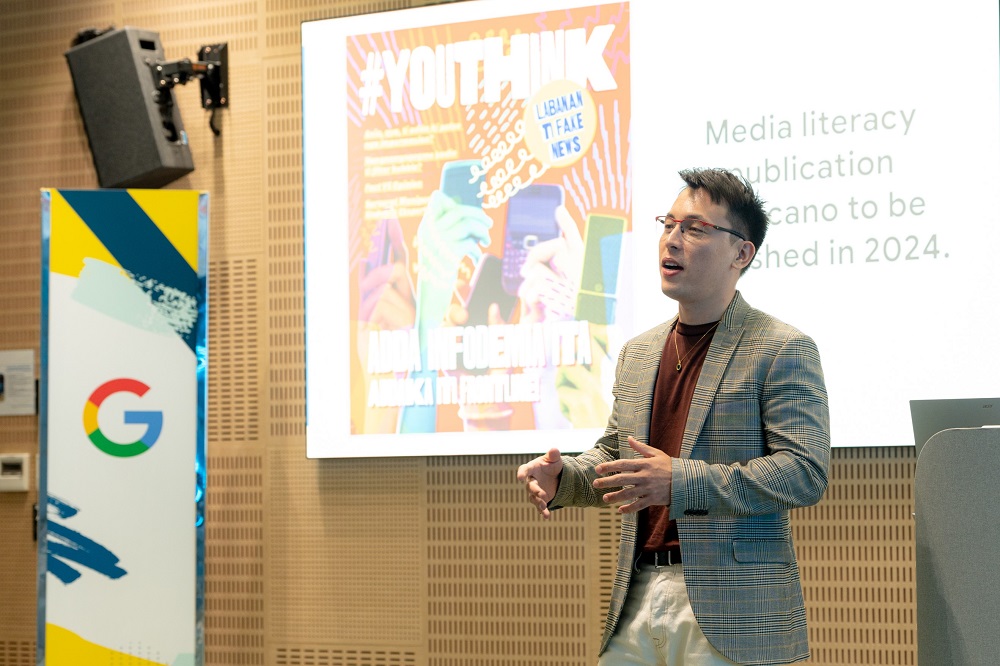New data from Google Trends show that the Philippines is still the top country in the world searching for terms “fake news” and “misinformation” over the past year.
The Philippines is also still part of the top ten in the world searching for “disinformation” and “fact-checking” as topics.
This points to how Filipinos remain curious to learn more and combat these important issues that impact their lives.
“Google’s mission is to organize the world’s information and make it universally accessible and useful. Core to this mission is to provide people with trustworthy content, and opportunities for freedom of expression while addressing misinformation,” said Mervin Wenke, head of communications and public affairs at Google Philippines.
As part of its efforts to drive news and media literacy in the Philippines, here’s some of the various tools and ways Google and YouTube are helping fight misinformation:
- AI labeling tool on YouTube — Aimed at fostering greater transparency and trust between creators and their audiences, YouTube launched an important content-labeling tool within Creator Studio for content creators. The new tool requires all creators to disclose when their realistic content is produced using altered or synthetic media including generative AI.
- #YOUThink magazine in Ilocano — In an effort to reach more Filipinos across different regions outside the capital, Google will be publishing its #YOUTHink media literacy publication, which tackles topics about disinformation, in the Ilocano language. Versions in Filipino, English and Cebuano are currently available.
- Search on Gemini — To make searching the internet easier, people can prompt the Gemini AI to look questions or queries up. To promote critical thinking, users can double-check Gemini’s response using the built-in Google Search button. People can also explore the “Search related topics” and “Sources” displayed to assess information further.
- Google Search “About This Result” feature — Available in Filipino, this shows people more information about a particular entry on the results page by simply clicking the three dots beside a result’s URL. The information pane shows additional context for that entry to help people understand where the information is coming from and see how Google’s systems determined it would be helpful for their query.
- Breaking News on YouTube — When a major breaking news event happens, this shelf appears on YouTube’s homepage to ensure that viewers have easy and immediate access to authoritative news sources.
- Information Panels — When people search or watch videos on YouTube related to topics prone to misinformation, such as the moon landing or “the Earth is flat”, they will see an information panel linked to third-party sources at the top of their search results or under a video you’re watching.
- Community Guidelines — The rules of the road for how to behave on YouTube. These policies apply to all types of content on the platform, including unlisted and private content, comments, links, Community posts, and thumbnails. Creators receive a strike for every Community Guideline violation and three strikes within 90 days means permanent removal from YouTube.
- Fact-checking Training — Google consistently holds capacity-building workshops around the world to help media assess information online. Over the past several years, Google has trained more than 220,000 journalists in 17 countries across Asia Pacific, including the Philippines.
Google said it is also helping media and creators succeed on platforms like Shorts so that quality content and journalism thrive even on new popular formats.
“We believe the media and creators do play an important role in ensuring that more Filipinos online can connect to trusted information even on new formats like short videos,” said Wenke.




